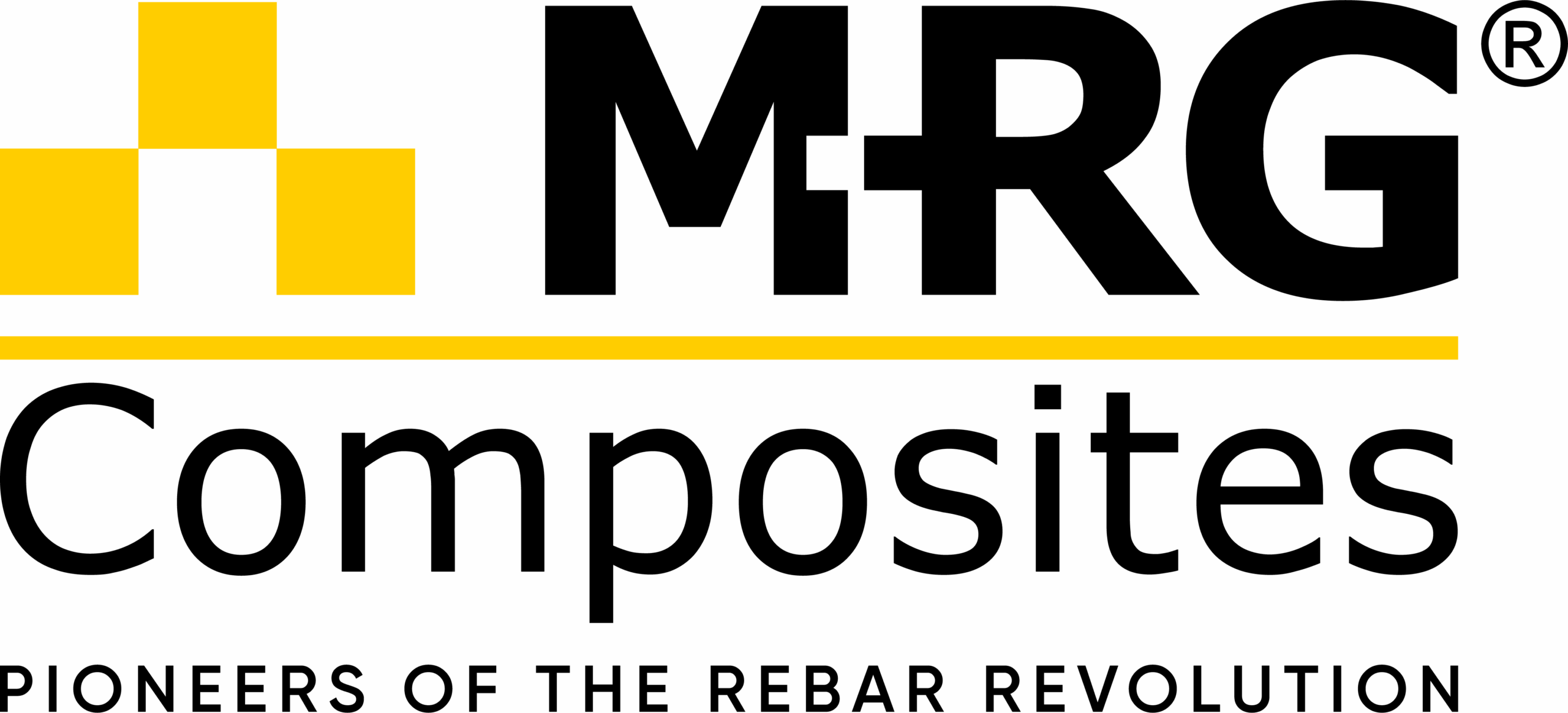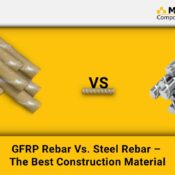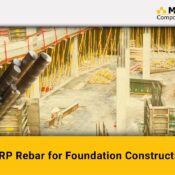The Adoption Of GFRP Rebar In South Korea: Factors Influencing Its Uptake
The adoption of GFRP Rebar in South Korea is on the rise and for a good reason. This innovative material is a game changer in South Korea’s construction industry. It offers several advantages like corrosion resistance, lightweight, high strength, non-magnetic, etc.

The Compelling Case for GFRP Adoption in South Korea
Corrosion Resistance: Essential for Korean Climate Challenges
South Korea's position exposes infrastructure to harsh conditions. GFRP Rebar is corrosion resistant, It is compatible with water, salt water, and other chemicals. It is an ideal choice for marine structure, bridges on water, and seawalls, etc.
GFRP rebar solves this by not corroding when exposed to salt, chemicals or moisture. This is especially valuable along Korea's coastline where salt rapidly deteriorates steel. By using GFRP, engineers can build longer-lasting structures that cost less over their lifetime.
Seismic Performance: Critical for South Korea Safety Standards
South Korea deals with frequent earthquakes, so choosing the right building materials really matters. GFRP rebar is a smart option in these conditions. Its flexibility helps absorb the force of a quake, which reduces damage and helps structures stay standing. When engineers design with GFRP properly, it can make a big difference in how well a building holds up during seismic events.
Another big advantage is that GFRP is non-magnetic. That makes it a perfect fit for places where magnetic interference is a problem—like MRI rooms, transit systems, or military facilities. Unlike steel, which can mess with sensitive electronics, GFRP doesn’t interfere at all. That kind of reliability makes it a great alternative in high-tech or sensitive environments.
Environmental Sustainability: Aligning with Korea's Green Initiatives
South Korea’s made some serious climate commitments, and the construction world has to keep up. One way to do that? Use better materials—like GFRP rebar. I’ve seen how it helps cut down emissions without cutting corners.
Steel’s got a heavy carbon cost, not just in making it but moving it. GFRP is lighter, so it saves fuel during transport. It also doesn’t rust, which means fewer repairs and replacements over time. That adds up—less waste, fewer materials, and longer-lasting structures.
For builders trying to hit sustainability goals without sacrificing strength, GFRP just makes sense. It works, it lasts, and it doesn’t drag your carbon numbers in the wrong direction.
Cost-Benefit Analysis: The Economic Case for GFRP Rebar
While GFRP rebar price in India and globally typically exceeds initial steel costs, the comprehensive economic analysis reveals a different picture. When evaluating the total life-cycle costs, GFRP reinforcement often proves more economical than traditional steel. This analysis must consider:
Installation Efficiency
GFRP rebar weighs approximately one-quarter of equivalent steel reinforcement, allowing for:
- Reduced heavy equipment requirements
- Faster installation times
- Lower labor costs
- Decreased transportation expenses
For large infrastructure projects, these installation efficiencies translate to substantial schedule and cost advantages that partially offset the higher material costs.
Maintenance Elimination
The most compelling economic advantage comes from virtually eliminated maintenance requirements. Steel Reinforcement bars require regular maintenance and construction replacement. By using GFRP Rebar construction does not require regular maintenance.
GFRP Rebar vs Steel Rebar Cost Considerations
When comparing GFRP rebar vs steel rebar cost, decision makers must consider:
- Initial material investment
- Installation labor and equipment savings
- Maintenance elimination over the structure's lifespan
- Extended service life
For mission-critical infrastructure with high repair costs or where access for maintenance is difficult, the economic case for GFRP becomes particularly strong. South Korean contractors report that despite higher initial investment, the long-term return on investment justifies the transition to GFRP reinforcement.
Implementation Challenges and Solutions
Despite its advantages, GFRP rebar adoption in South Korea faces several implementation challenges:
Technical Familiarity
Many engineers and contractors maintain greater familiarity with traditional steel reinforcement. Addressing this knowledge gap requires:
- Technical workshops and training programs
- Demonstration projects showcasing successful GFRP applications
- Updated design guidelines specific to South Korean construction practices
Regulatory Framework
South Korea's construction standards are evolving to accommodate innovative materials. Industry stakeholders are working with regulatory authorities to establish comprehensive standards for GFRP rebar applications, ensuring proper quality control and application parameters.
Supply Chain Development
As demand increases, establishing reliable supply chains becomes essential. GFRP rebar manufacturers in India and other global suppliers are developing distribution networks to ensure consistent product availability for South Korean projects.
MRG Composties
MRG Composites Rebar is the leading GFRP rebar manufacturer in India, offering high-quality and durable solutions for construction projects. As The Pioneers of GFRP rebars in India, MRG Composites sets the benchmark for innovation and reliability. With the best GFRP rebar prices in India, we ensure quality and reliability. Contact us for expert consultation and superior reinforcement solutions. GFRP Rebar is an ideal choice for all construction.
Conclusion: The Future of GFRP Rebar in South Korea
The adoption of GFRP rebar in South Korea represents a strategic shift toward more durable, sustainable, and economically viable construction practices. Currently South Korea is in a growing stage in construction. Glass Fiber Reinforced Polymer comes with various advantages such as corrosion resistance, High tensile Strength, Cost-Effective, Lighter, and durability, GFRP bars complete South Korea’s construction sector requirements. Engineers, Contractors, Business leaders select the GFRP Rebar for their construction projects.
FAQs
- Why is GFRP rebar preferred over steel rebar in South Korea's coastal and marine infrastructure?
GFRP rebar is highly corrosion-resistant, making it ideal for marine environments and coastal regions where steel rebar deteriorates quickly due to exposure to saltwater and chemicals. This property extends the lifespan of structures like bridges and seawalls, reducing maintenance and replacement costs.
- How does GFRP rebar contribute to South Korea's sustainability goals?
GFRP rebar is lightweight and durable, which reduces transportation emissions and the need for frequent repairs. It helps lower the carbon footprint of construction projects, supporting South Korea’s green initiatives and environmental regulations.
All Categories
Recent Posts
GFRP Rebar vs. Steel Rebar: Strength, Durability & Benefits
GFRP Rebar for Foundation Construction
MON-SAT 8:00-9:00
+91 69 863 6420




